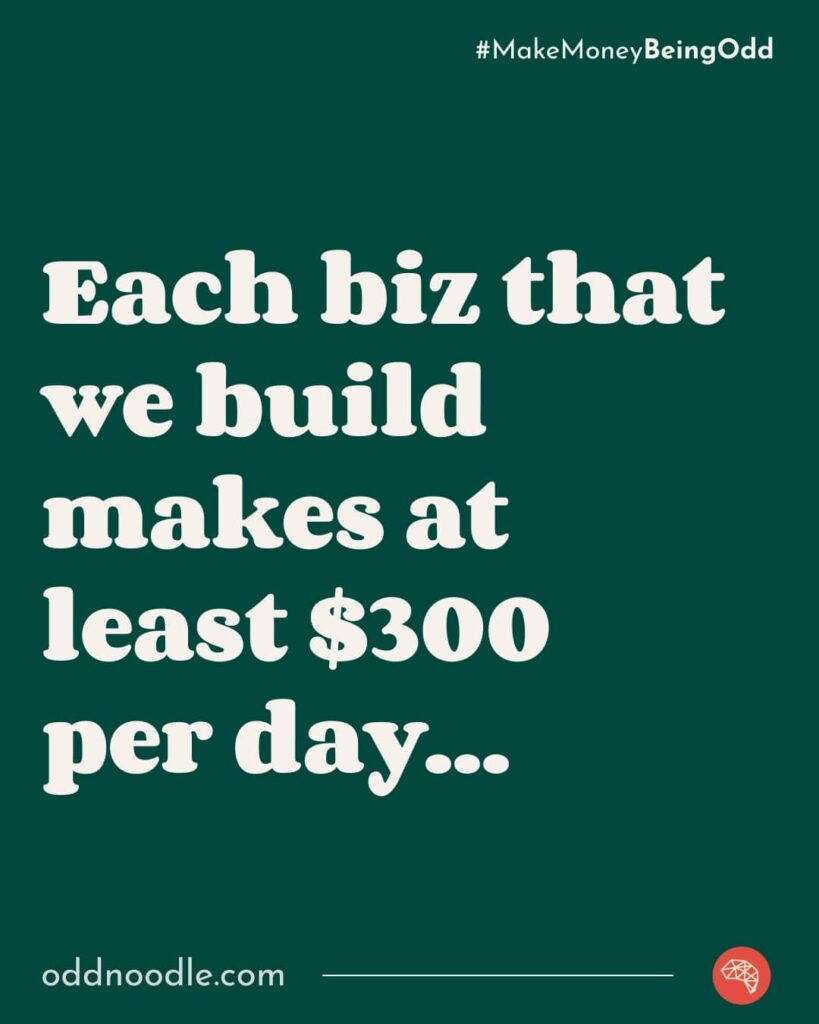There is one key to what makes an online community successful.
Engagement.
It makes sense, right? I mean just think about it in your real life. You learn and grow and laugh when you engage with the people around you.
Not when you just sit and stare at each other.
Engagement: What Makes an Online Community Successful
My all time favorite meal that I’ve ever had was the paella that the dad from my host family made when I went to Spain in college.
Paella is rice and chicken and shrimp and fish and sausage and mussels and peas and carrots and spices. Lots of spices. And you could probably add a million other things, too.
But the point of this paella story is that it’s how the flavors interact each with each other that make the dish amazing. It’s not a pile of rice next to a pile of chicken next to some shrimp… It’s a group effort. They all play apart in the success of the dish.
It’s not unlike engagement in a community.
I think that the idea of “engagement” is one of the biggest reasons people don’t start an online community.
They are either afraid they won’t be able to get any, or, they are afraid they will have too much engagement.
Not having any engagement is obviously a problem, but a fixable one. And too much engagement is almost never a problem. There are ways to handle the volume if you find you need help.
What is Engagement?
Maybe you’re wondering, but what is engagement anyway?
That’s a good question. Engagement can be lots of different things.
It can be a community member showing up and asking a question. It might be the community manager asking a question and getting responses.
It’s the Live that you do on Facebook with your members. It’s the emails you get from your audience. It’s comments on your Instagram, YouTube and TikToks.
Engagement is when someone has a greater than 1 sided interaction with your brand.
A one side interaction is they read your post or watch your video and that’s the end. They took in your information and didn’t interact any further than that.
Engagement happens when there is a one to one or one to many interaction. One to one is they responded to your email or sent you a direct message on Instagram.
One to many is they posted a comment on your post or video or they are asking questions or having discussions within your community platform.
You Don’t Need a Facebook Group to Have a Successful Community

The first thing most people think of when they think about building an online community is starting a Facebook group.
That might be the best option for you. I like Slack as an online community tool. Discourse works, too and at Pocket Business we are also using Circle.so.
But if you have a blog or a business and there is engagement in some fashion with your readers or customers, then you already have a community.
Using a platform makes it a lot easier to manage and is a better experience usually for your community, but the platform is a tactic. It’s not the system for managing your community.
Knowing now what engagement means in a community and that you don’t need a Facebook group to have a “community”, you might be starting to realize that you actually already have a community with engagement.
The 3 Rules of Engagement
If you want to build on the engagement that you’ve just discovered you already have, there are several ways to do it.
#1. Ask questions.
This seems pretty obvious, doesn’t it? Ask questions and you should get answers and then you have more engagement.
But there is an art to asking the right questions that will really get people to share in a way that is valuable to your whole audience.
So, for instance, you can ask in your Instagram Story, “What are you growing in your garden this year?”
And you will probably get a whole bunch of responses. This is a super easy question to answer and it is a great question to ask if you are at the point where you are just trying to get people to interact in any way at all.
In this example, you’ll want to be sure that you respond to all of the comments and try to ask a thoughtful question about each one or offer a story that the comment reminds you of.
Doing this will demonstrate to your followers that this is the kind of engagement you would like them to have as well. They’ll soon start to follow your lead.
If you’ve already got a little bit of engagement happening in the way of comments then you can ask a slightly different question like, “What’s your favorite method for growing prize tomatoes?”
This type of question is still pretty easy to answer, it’s just asking for their “favorite” method, so there’s no right or wrong, but it also is the type of question that will foster engaging among your members
So now they aren’t just talking to you, they are talking to each other.
That’s when you’re getting closer to what makes an online community successful.
#2. Show up every day and in lots of different ways.
Building an engaged community is not easy. You will need to be showing up daily to interact and make sure things are going well.
So wherever your community is, have your notifications on so you know when comments or messages are coming in. You might have to answer or respond to everything in the beginning, but eventually you’ll see that members will step up and start answering questions, too.
(That’s a very big win for you when that starts happening!)
You do want to also remember to offer different opportunities for engagement. At Pocket Business we have a Slack community, but not everybody likes Slack. It moves fast and it’s not the type of tool you want to be searching for information in.
So, as an alternative we also send a weekly email with updates on what is happening in the community. We know have the Pocket Business Circle which is more of a long form discussion group, too.
Having some type of video interaction in the community is really important. Seeing your face (sorry to tell you, but it is true) changes the way people interact with you. I can’t explain why, but it’s true.
In our community we have “Breakroom” 2x a week where a few of us get together and really just casually chat about what we’re doing. It’s more about getting a human connection than anything else.
We’ve done Ask Me Anything webinars before and we’ve even had members volunteer to do workshops for us.
It’s great for engagement to offer this type of face to face interaction to the community.
#3. Make it simple for people to post their first interaction.
The way that you do this will be dependent on your platform. If your engagement is happening in a comments section of a blog or social media channel, then it’s on you to make sure you’re reminding your reader or viewer to “like, subscribe, comment!” and be explicit about what that comment should be.
Don’t make you audience work hard to figure out what to put in the comments. Give them something to say. “Tell me about xxx in the comments!”. This is especially helpful for people who are not familiar with you and want to post their first interaction.
If you have an online community platform, then in your welcome post or welcome email that goes out when they join the community, give them explicit instructions on how to post their first message.
We have an introduction channel on both of our platforms and members are instructed to create their account and then go introduce themselves in #introduction. I even go so far as to give them some ideas on what to share there.
Then make sure they get a big WELCOME when they do that!
Remember the 2 Reasons People Don’t Start Online Communities?
I won’t make you go read all the way back to the beginning of the post. In my opinion, the two reasons people don’t start online communities are:
- They are afraid they won’t have enough engagement.
- They are afraid they will have too much engagement.
By now I hope you see that the answer to that first objection is that you already have a community with engagement if you are seeing those one to one or one to many interactions. Consider if it would be easier to promote engagement on a platform that is meant for it like Slack or Circle or Facebook.
And as for the second objection, you’re going to find eventually that more engagement means less work for you. The more mature your community grows, you will see that your members are interacting and helping each other.
If You’re On The Fence About Starting an Online Community
If you’re still not sure about the benefits of online communities for your business or blog, I can tell you that they are a big benefit to your audience. They make the path to improvement easier for them.
If engagement is what makes an online community successful, then it is also what is going to make your audience successful at the goals that you are helping them to achieve.
When they are interacting with you and others who are on the same journey as they are, then they will find improvement easier.
And improvement is what people pay for.

